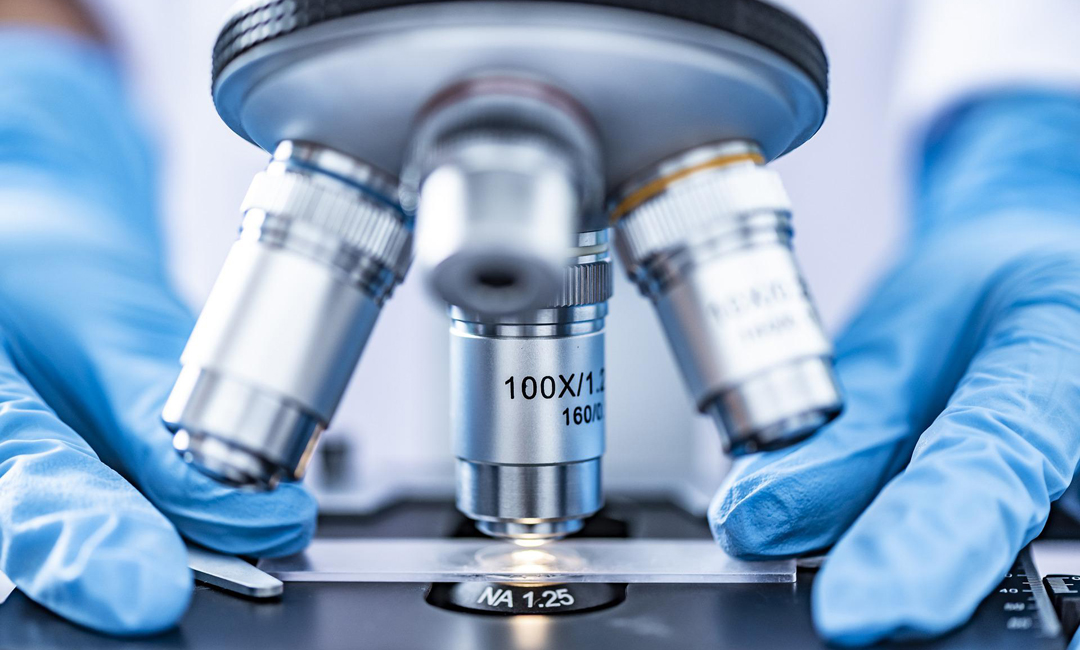Bioconjugation to Surfaces – Theory and Methods

As material sciences become more sophisticated, the ability to create custom material surfaces with specific functionality presents a new and promising future for bioconjugates. Surfaces from a variety of materials including nanoparticles, polymers, and more can be conjugated into biomolecules like carbohydrates, DNA, proteins, and more. Since both material sciences and bioconjugation are evolving rapidly, the overlap of these two fields resulting in various applications and technological advancements in recent years. These hybrid materials are commonly found in medicine, nanotechnology, and biotechnology. This article focuses on bioconjugation to surfaces at an advanced level.
Bioconjugation to surfaces can be achieved through EDC-NHS chemistry to amine-comprising surfaces. Nanomaterials, glass, and polymers can be manipulated to include amines on their surfaces for bioconjugation processes.
Applications of Bioconjugation to Surfaces
With such a wide variety of biomolecules and surfaces that can be conjugated, it’s not surprising that there are limitless uses for these materials. In recent years, surface bioconjugates have been extensively researched, and they now have a wide range of industrial uses.
For instance, many commercial processes like EPR, fluorescence imaging, and other microscopy/spectroscopy experiments commonly employ bioconjugates. In specific, the use of nanoparticles and polymers has experienced exponential growth because of their remarkable properties.
Applications of bioconjugation to surfaces include medical imaging, biosensors, and drug delivery.
Application 1: Delivery of Drugs and Medications Using Surface Bioconjugates
The field of biomolecular therapy has experienced exponential growth in recent years. Conventional drug development is often a gradual process with a high rate of failure. Protein therapeutics are considered more benign and are often approved quite fast. On the other, biological therapeutics are easily digested by the body, so they are not as effective. This problem can be solved by bioconjugation to a polymer to safeguard the protein.
Polyethylene glycol (PEG) can be connected to proteins to prevent them from being disintegrated by the body before they can accomplish their objective and stop or reduce negative immune responses. Bioconjugation to a polymer surface also prevents the protein from being broken down during storage due to excessive cooling or heating. There are many in-depth reviews of polymer-protein bioconjugate therapeutics.
Application 2: Biosensors Created Using Surface Bioconjugates
Being able to conjugate a biomolecule to a nanoparticle’s surface creates the potential for various types of biosensors. Technological advancements in polymer chemistry have enabled for specialized use of polymer surfaces to create specific bioconjugates.
For instance, conducting polymers can be used to make electrochemical biosensors that target specific biomolecules like DNA. Scientists were able to functionalize polyfluorene nanoparticles that were stable in a variety of conditions to rapidly identify DNA. They concluded that their technique would be beneficial in biological studies, gene therapy, and medical diagnosis.
Another fascinating instance was the creation of a DNA-based polymer sensor for the identification of Bacillus Cereus, an organism that produces various lethal toxins. It is often in drinks and liquid foods like baby food, so the ability to quickly identify it was very much appreciated. Many bioprocessing companies and scientists used polypyrrole to make a single-strand DNA biosensor.
Application 3: Quantum Dot Bioconjugates for Medical Imaging
Quantum dots are a special kind of nanomaterial that can be customized to fit a meet a specific need based on their functionalization. They are semiconductive nanoparticles that have incredible electronic and optical properties. They are also very stable, which makes them ideal for medical imaging.